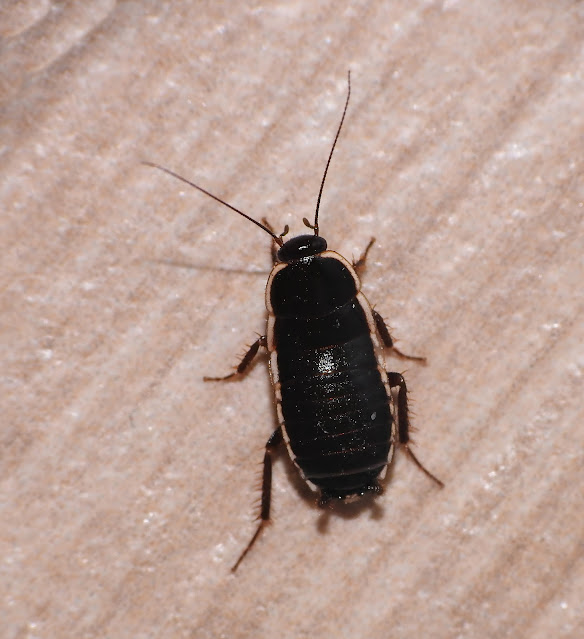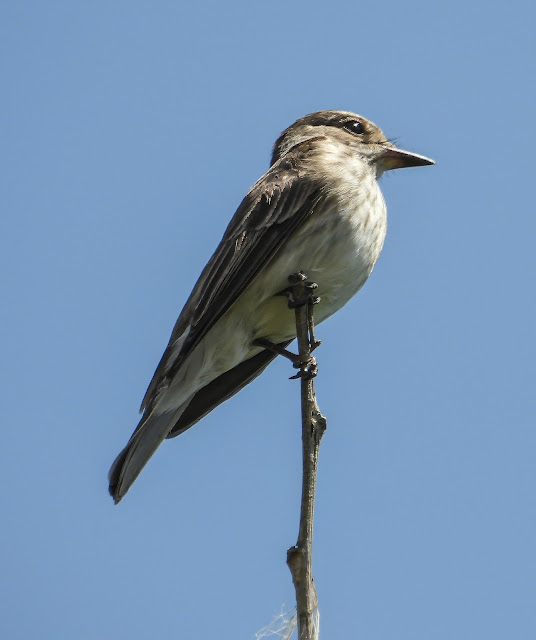Striking large black-and-white wader with a thin, straight bill and bright pink legs, found in wetlands with open shallow water throughout much of Africa and Eurasia, often in brackish habitats. Some populations are migratory, departing northerly breeding grounds for warmer southern regions. Often forms noisy colonies on bare ground near water. Essentially unmistakable throughout much of its range, but compare with Pied Stilt in parts of Southeast Asia. Feeds by wading in water, picking from the water surface with its needle-like bill. In flight, long pink legs stick out far beyond the tail. Calls loudly and stridently, especially when alarmed during the breeding season.
The black-winged stilt (Himantopus himantopus) is a widely distributed, very long-legged wader in the avocet and stilt family Recurvirostridae. Its scientific name, Himantopus himantopus, is sometimes used to generalize a single, almost cosmopolitan species. Alternatively, it is restricted to the form that is widespread in Europe, Asia and Africa, which equals the nominate group of H. himantopus sensu lato. Meanwhile, the black-necked (H. mexicanus) and white-backed stilts (H. melanurus) both inhabit the Americas; the pied stilt (H. leucocephalus) ranges from Australasia and New Zealand. Today, most sources accept between one and four actual species. The taxonomic name Himantopus comes from Greek, meaning "strap-foot" or "thong-foot".
%201.jpg)
%201.jpg)
%202.jpg)

%201.jpg)


%201.jpg)




%201.jpg)
%201.jpg)
%202.jpg)

%201.jpg)
%201.jpg)
%201.jpg)
%201.jpg)




%201.jpg)








%201.jpg)
%202.jpg)


